1776 (1783) Continental "Dollar." Newman 3-D, W-8460. Rarity-4. CURRENCY, EG FECIT. Pewter. MS-62 (PCGS).266.7 grains. This is a beautiful Mint State example of the fabled Continental "dollar," a type whose history has recently been rewritten by numismatic researchers, but whose popularity is as strong today as it has ever been. Light pewter gray patina blankets both sides, the surfaces predominantly satiny in texture yet with modest hints of semi-reflectivity in the fields that are called forth by direct lighting. The strike is bold to sharp throughout, the face of the sun with emerging detail and all other design elements well defined and fully appreciable. The in hand appearance is smooth, inviting and suggestive of a Choice Uncirculated grade. A carefully produced, nicely preserved example that is sure to find a place of honor in an advanced cabinet of early American and related issues.pThe Continental "dollar" is an enigmatic type for which no specific documentation detailing its origin has ever been found. Numismatic scholars have been able to piece together a story that, up until recently, had become the generally accepted version of events. According to this story, resolutions passed by the Continental Congress on February 17, 1776, and May 9 of the same year provided for the issuance of paper money in various denominations, including a $1 note. Resolutions passed later in the year on July 22 and November 2, however, omitted the $1 note. Based on these facts and supported by the existence of these coins, it was theorized that the Continental Congress intended these pieces to serve in lieu of the $1 note beginning in the latter half of 1776. The vast majority of surviving examples are struck in pewter, as here, although a few silver and brass impressions are also known. It was easy to conclude that pewter was the intended composition of such a coin, as the coins would have been fiat money without intrinsic backing, as the notes were. In addition, the fledgling government did not have a significant treasury reserve. Elisha Gallaudet was identified by Eric Newman as the likely maker based on convenient circumstantial evidence. He was a New York City engraver of the period who was known to have been involved in production of New York paper money issues of the 1770s and thus clearly a prime candidate.pAs convincing as this story seems and as long as it has been accepted, resent research and a two-part article by Erik Goldstein and David McCarthy entitled "The Myth of the Continental Dollar" published in the January and July 2018 editions of emThe Numismatist/em challenge the long accepted theories surrounding these coins. They discovered that a long string of early Americans went on the record to mention that they had never seen or heard of such a thing as a Continental dollar coin. Paul Revere and Josiah Meigs both went on the record within a decade of the end of the American Revolution to correct an English report that the pewter "dollar" was an American coin. Pierre Eugene Du Simitiere, a Philadelphian, was the most significant American coin collector of the 18th century. Before his death in 1784, he amassed every kind of rare and common American coin then available, including seven Higleys that he scrupulously sketched in his inventory book. In November 1779 the Congress officially proposed naming him "Historiographer of the Congress of the United States," with a salary paid in Continental Currency and a three-year contract to write the Congress official history. Du Simitiere, a numismatist and daily observer of the Congress, not only never owned a Continental "dollar," but he described it in his notes as "a coin of the size of a crown, with devices and Mottos, taken from the continental money, Struckt in London on Type-Metal and dated 1776." There was literally not a single American better equipped to know its story than he.pDu Simitiere was just the first of many pioneering numismatists who never owned or saw a Continental "dollar," and who denied its American provenance. Matthew A. Stickney began collecting in 1823. He traded his Immune Columbia piece to the United States Mint in 1843 to get a brand-new 1804 dollar. His acquisition of his first Continental "dollar came a full decade later, while on a trip to England. Joseph B. Felt was a leading American antiquarian when he wrote his emHistorical Account of Massachusetts Currency/em in 1839. He noted the 1786 account of the Englishman Bishop Richard Watson in emChemical Essays/em and acted incredulous that Watson believed the Continental "dollar" to be an American coin:pem"It will be perceived that such a description was similar, in several respects, to that on the copper coin, which Congress ordered, in 1787, to be issued. The preceding coin, so particularly mentioned by Bishop Watson, has no reference made to it on the Congress Journals."/empJeremiah Colburn never saw or heard of one until Matthew Stickney showed him his, as he noted in his column in emHistorical Magazine/em in 1857. Colburn noted "no coins were ever in circulation, as currency, of this type, but copies of the Medal are extant struck in white metal." And Sarah Sophia Banks, the London numismatist whose father was the worlds most renowned scientist of his day, purchased her Continental "dollar" new upon issuance, logging its acquisition in her pre-1790 inventory books with the notes "Congress Dollar. 1776. never current, struck on speculation in Europe, for sale in America." Those who were there knew the score: the Continental "dollar" was a London-made medal, made with designs inspired by Continental Currency, not a coin made by the Continental Congress.pPerhaps the most persuasive document is the paperwork Sarah Sophia Banks preserved with her "Congress Dollar." The two best known American-reference medals of 1783, the year the Continental dollar appears to have been struck, were initially sold with what the French called an "explication," a simple handbill or flyer explaining the designs, what they meant, and where they came from. The Libertas Americana medal was sold with one. Betts-610, the usually pewter medal coined to celebrate the Treaty of Paris, was sold with one. And so, too, was the Continental "dollar." Banks preserved hers, and it reads just as other contemporary explications do, explaining the motifs, "representing the Paper Currency of a Dollar....the Thirteen Colonies united like a Chain....the Date, 1776, is the time they declared Independency."pThat the Continental "dollar" was intended as a medal and not a coin, and that it was struck in London in 1783 instead of an unknown American location in 1776, changes very little in the scheme of things. The Libertas Americana medal was coined in Paris but it consistently rated as among the most desirable American numismatic collectibles; the Continental "dollar" should not forfeit a similar place in the hearts of American collectors. It remains scarce, attractive, historic and valuable. Its a piece that Paul Revere -- no man of letters, typically -- felt passionately enough about to write a missive to the Bishop of London. And its a piece that all of us grew up looking at and wanting to own, just as every generation of American collector since 1823 has. Indeed, the inclusion of a high grade and attractive Continental "dollar," as here, will continue to help define the difference between an average and outstanding collection of early American types.From the Greenway Collection. Stacks paper envelope included.

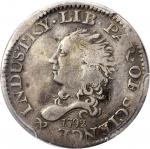
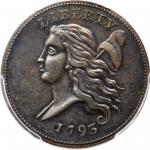
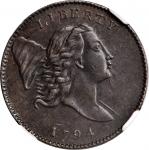


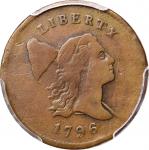


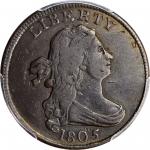


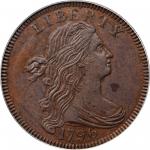
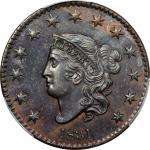
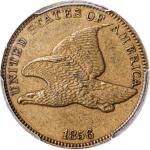
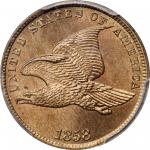

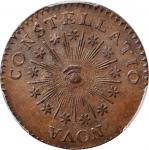
![[Green, Colonel Edward Howland Robinson]. Three Volume Set of the Photographic Plates of the Famous](http://data.shouxi.com/upload/img/05/3e/053ef20a507195578463773686096137_150x150.jpg)




